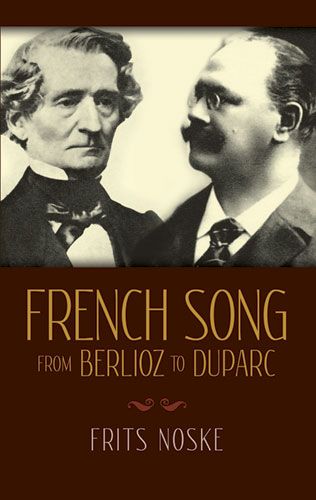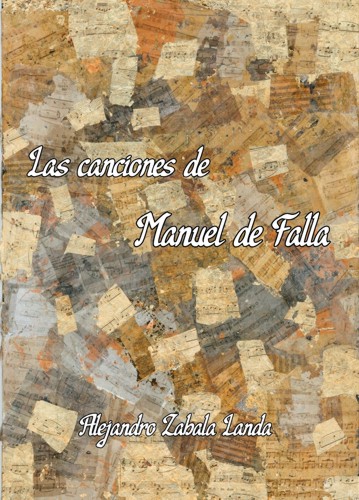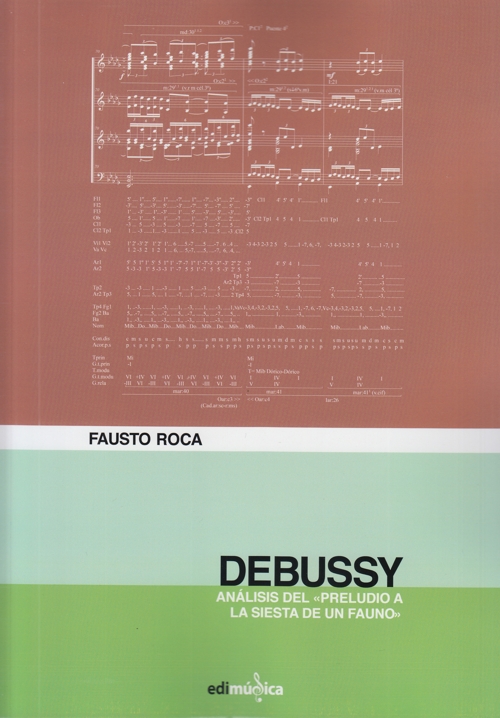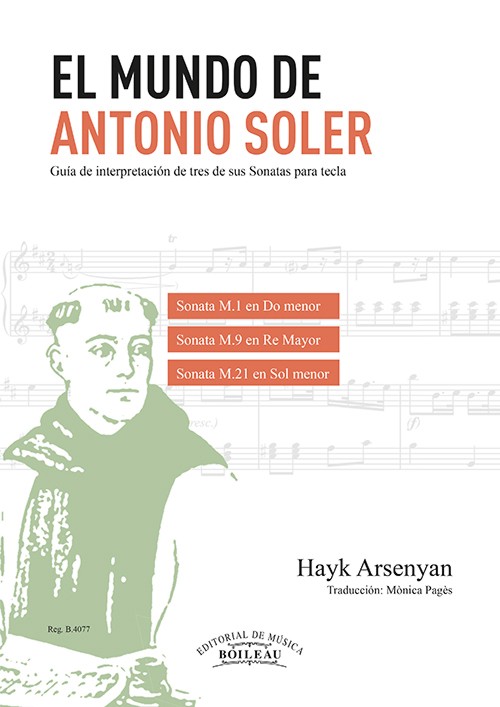
French Song from Berlioz to Duparc: The Origin and Development of the Mélodie
Noske, Frits
Dover Publications. 1987Ficha técnica
- EAN: 9780486255545
- ISBN: 978-0-486-25554-5
- Editorial: Dover Publications
- Fecha de edición: 1987
- Encuadernación: Rústica
- Dimensiones: 14x21
- Idioma: Inglés
- Traductor: Rita Benton
- Nº páginas: XII+454
No disponible temporalmente
Disponibilidad sujeta a la información del editorPVP. 21,90€
Añadir a la Lista de deseos
French song of the 19th century has been too long ignored by musicologists and performers alike. In this study Frits Noske shows the neglect to be undeserved in the case of the mélodie, a genre which at its best attained the high quality of the German Lied, yet remained essentially independent and wholly French in character.
Professor Noske, Director of the Institute of Musicology of the University of Amsterdam, is the first musicologist to trace fully the origins and early development of the mélodie. He discusses the forms from which the mélodie evolved, intermediary compositions by Niedermeyer and Monpou, the effect of Thomas More's Irish Melodies, Berlioz' contribution to the emerging fom, the influence of German song (especially that of Schubert), the special problems of French language prosody, the changing role of accompaniment, and other similar topics.
The mélodies of Berlioz, Liszt, Gounod, Bizet, Delibes, Massenet, Saint-Saëns, Lalo, Franck, Fauré, Duparc and sse.ven others are described and analyzed as to structure, style, prosody, and melo-harmonics. The author's sensitive evaluation of the songs, coupled with over 250 musical examples, will provide singers with ample evidence of the quality of many mélodies. Some of them certainly deserve reintroduction to the concert stage.
This first English edition, corrected and revised, also takes advantage of new findings published since the appearance of the original French edition, and includes a new author's preface and postscript, as well as additional illustrations. The reoganized and amplified song catalogue in Appendix VI should be extremely helpful to singers seeking editions of the songs.
"Invaluable as a work of reference, in addition to being full of sound judgments and happy suggestions," Jacques Barzun, MLA Notes. "250 musical excerpts underline author's propensity to show cause. They also suggest the piano bench as a very likely place for the perusal of this study," Alexander Ringer, Jrnl. of the American Musicological Society.
CONTENTS:
LIST OF ILLUSTRATIONS
CHAPTER I. The Origins of the Mélodie·
The Romance
The Decline of the Romance
The Romantic Romance
The Word "Mélodie" Designating a Vocal Piece
Schubert and the German Lied
The Mélodie after Schubert
CHAPTER II. Some Observations Concerning the Literary Aspects of the Mélodie.
Historical Sketch Of The Theory Of Prosody
- The Burden of Syllabic Quantity lmposed on Song
- Theories of Scoppa and Castil-Blaze; the "Square" Phrase
- Imperfect Prosody at Mid-Century; Sterility of Musical Rhythm
- Restoration of Prosody; Purism toward 1900
Four Romantic Poets; Relation of Their Poetic
- Théophile Gautier
- Alfred de Musset
- Alphonse de Lamartine
- Victor Hugo
- Poetic Qualities of Musical Interest
- Neglected Poets
CHAPTER III. The Mélodie During the Romantic Era
Hector Berlioz (1803-1869)
Giacomo Meyerberr (1791-1864)
Franz Liszt (1811-1886)
Richard Wagner (1813-1883)
Félicien David (1810-1876)
Henri Reber (1807-1880)
CHAPTER IV. The "Bourgeois" Mélodie
Charles Gounod (1818-1893)
Victor Massé (1822-1884)
Ernest Reyer (1823-1909)
Georges Bizet (1838-1875)
Léo Delibes (1835-1892)
Jules Massenet (1842-1912)
CHAPTER V. Toward the Apogee of French Song.
The Mélodie Influenced by Instrumental Music
- Camille Saint-Saëns (1835-1922)
- Édouard Lalo (1832-1892)
- César Franck (1822-1890)
- Alexis de Castillon (1838-1873)
THE FIRST GREAT MASTERS
- Gabriel Fauré's First Collection
- Henri Duparc (1848-1933)
Postscript To The Second Èdition
APPENDIX I. Hippolyte Monpou And His Romanticism
APPENDIX II. "Élégie," an Unknown Mélodie of Franz Liszt
APPENDIX III. Orientalism in the Mélodie
APPENDIX IV. "L'aurore" by Gabriel Fauré
APPENDIX V. Prose Rendering of Poetic Quotations
APPENDIX VI. Song Catalogue
TABLE OF ABBREVIATIONS
NOTES
BIBLIOGRAPHY
INDEX OF NAMES AND SELECTED SUBJECTS





